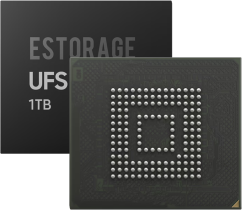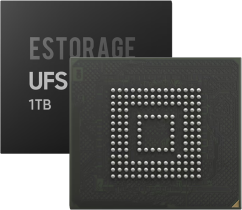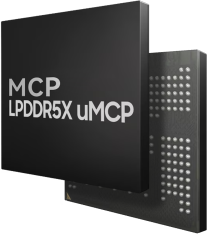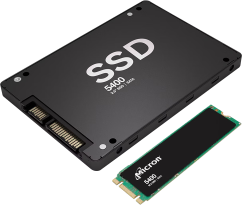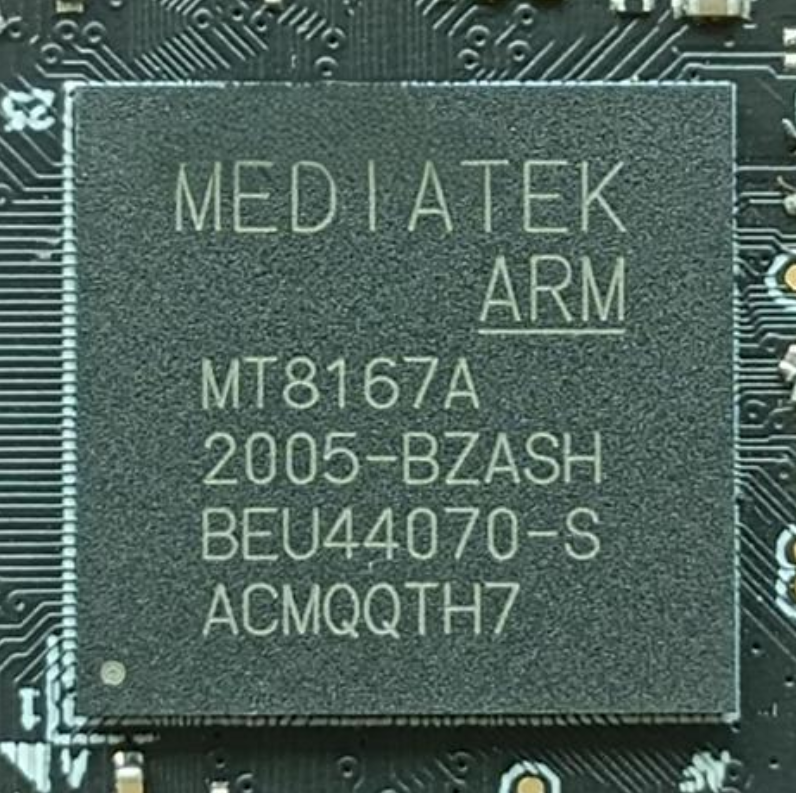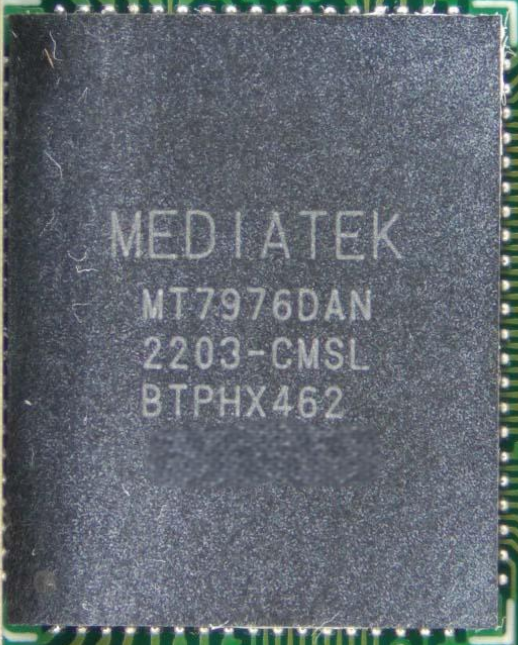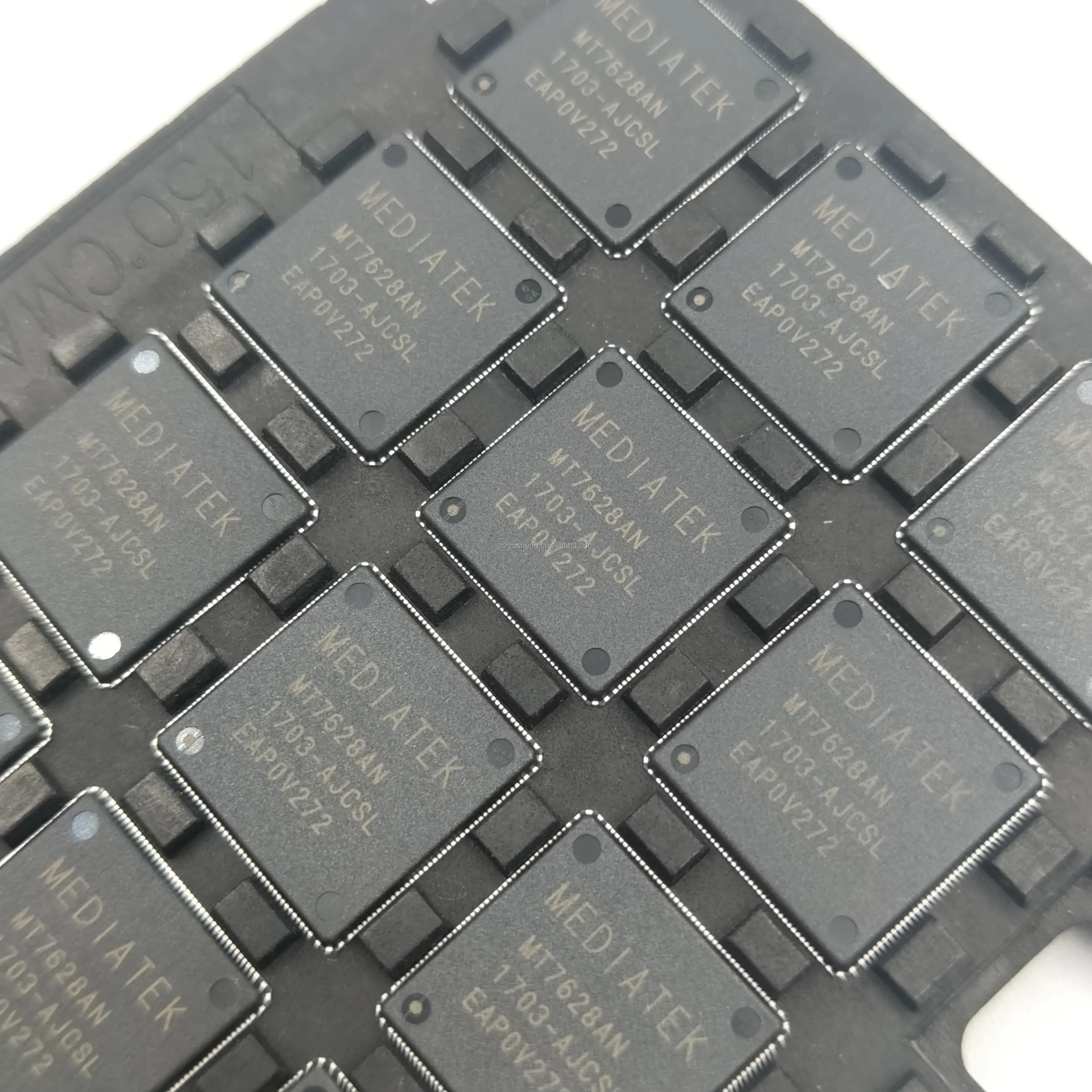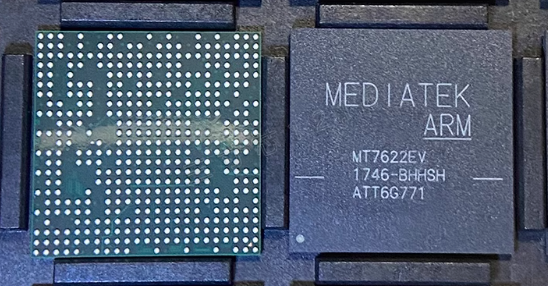Product Description
The MediaTek MT7682SN/A is a highly integrated Wi-Fi and Bluetooth System-on-Chip (SoC) that is optimized for IoT devices, smart home applications, and battery-powered devices. It combines Wi-Fi 802.11n and Bluetooth 4.0 Low Energy (BLE) to offer seamless connectivity, while also delivering low-power performance and advanced power-saving features that are essential for energy-efficient IoT solutions.
CPU and Processing Power: At the heart of the MT7682SN/A is a single-core ARM Cortex-M4 processor, which operates at speeds of up to 192 MHz. The Cortex-M4 core is well-suited for handling light computational tasks such as data processing from sensors, managing communication protocols, and controlling simple device operations. The 32-bit ARMv7-M architecture ensures that the chip can handle essential IoT tasks with efficient energy usage. While the processor may not be suitable for heavy computation, it is more than capable of supporting the typical workloads of IoT and smart home applications, such as data collection, remote control, and environmental monitoring.
Wi-Fi and Bluetooth Connectivity: One of the standout features of the MT7682SN/A is its integrated Wi-Fi 802.11n support, which operates in the 2.4 GHz band and can deliver speeds of up to 150 Mbps. This provides sufficient bandwidth for most IoT applications that rely on wireless communication, including smart sensors, home automation systems, and monitoring devices. The chip supports Wi-Fi Direct, enabling devices to communicate directly with each other without the need for a central access point. This peer-to-peer communication is particularly useful in mesh networking scenarios, where devices are distributed over large areas and need to relay data between one another.
In addition to Wi-Fi, the MT7682SN/A also supports Bluetooth 4.0 with Low Energy (BLE) capability. This feature is critical for IoT applications where devices need to maintain a constant connection with minimal power usage. Bluetooth Low Energy is ideal for communicating with peripherals such as health monitors, wearables, environmental sensors, and smart locks, where low power consumption is necessary to ensure long battery life.
Power Efficiency: The MT7682SN/A is specifically designed to operate with low power consumption, making it well-suited for battery-operated devices and portable IoT applications. The chip features several power-saving modes, including Sleep, Deep Sleep, and Power-Down modes. These modes allow the chip to remain dormant when not actively processing data, which helps extend the battery life of devices that need to remain operational for long periods without frequent recharging.
The integrated Power Management Unit (PMU) in the MT7682SN/A intelligently manages power distribution across the chip’s components, ensuring that energy is used efficiently during both active and idle states. This energy efficiency is crucial for devices like remote sensors, wearables, and other IoT applications where battery life is a primary concern.
Memory and Storage: The MT7682SN/A comes with 128 KB of internal SRAM, which is used for program execution and temporary storage of data. This memory is sufficient for running the small embedded applications typically used in IoT devices. The SoC also supports external flash memory through its SPI interface, allowing developers to expand storage capacity for storing larger amounts of data or application code. This feature is essential for devices that need to store sensor data locally or execute more complex firmware, such as remote monitoring systems or smart appliances.
Security and Firmware Updates: Security is a key aspect of the MT7682SN/A, especially when deployed in IoT applications where data privacy and device integrity are essential. The chip integrates a hardware security engine to provide secure data encryption and secure boot functionality, protecting the device from unauthorized access and ensuring safe communication between devices. The OTA (Over-the-Air) update functionality is also supported, which allows manufacturers and developers to update device firmware remotely, ensuring that devices stay secure and up-to-date with the latest features and patches.
Connectivity Interfaces: The MT7682SN/A provides a variety of communication interfaces, including SPI for connecting sensors and other peripherals, I2C, and UART for communication with other devices. The chip also includes an Ethernet MAC for wired connectivity, which can be useful in scenarios where a stable and reliable connection is needed. Additionally, General Purpose I/O (GPIO) pins allow the chip to interface with various actuators, sensors, and external devices, giving developers flexibility when building IoT solutions.
Conclusion: The MediaTek MT7682SN/A is a versatile and power-efficient SoC designed for IoT devices, smart home systems, and other connected applications. Its combination of Wi-Fi 802.11n, Bluetooth 4.0 Low Energy, and low-power consumption makes it an excellent choice for energy-efficient, wirelessly connected devices that require secure communication and long battery life. The integration of various connectivity options, power-saving modes, and security features ensures that the MT7682SN/A is well-suited for a wide range of IoT applications, from wearable devices to home automation and remote monitoring systems.
Specification
CPU:
Processor: ARM Cortex-M4 processor running at up to 192 MHz.
Architecture: 32-bit, designed to provide efficient computational power for small embedded applications like IoT devices.
Instruction Set: ARMv7-M architecture, supporting a range of efficient operations while maintaining low power consumption.
Wi-Fi:
Wi-Fi Standard: IEEE 802.11n (2.4 GHz), capable of delivering speeds up to 150 Mbps.
Wi-Fi Direct: Supports peer-to-peer communication for direct device-to-device communication without a traditional access point.
Wi-Fi Security: Supports standard Wi-Fi security protocols such as WEP, WPA, and WPA2 for secure communication.
Bluetooth:
Bluetooth Version: Bluetooth 4.0 (Low Energy - BLE) for connecting with energy-efficient peripherals like sensors, wearables, and other IoT devices.
Profiles Supported: Serial Port Profile (SPP), Bluetooth Low Energy Peripheral (BLE Peripheral), and other profiles for IoT connectivity.
Memory:
Internal SRAM: 128 KB of SRAM for program execution and temporary data storage.
External Flash Memory: Support for SPI-based Flash memory for storing larger data and application code.
I/O & Connectivity:
SPI (Serial Peripheral Interface) for connecting to external peripherals such as sensors, displays, and actuators.
I2C and UART Interfaces for communication with other devices.
Ethernet MAC: Integrated for wired networking, providing an alternative connection option when required.
GPIO: General-purpose input/output pins for interfacing with various sensors and actuators.
Power Management:
PowerSave Modes: Low power modes like Sleep, Deep Sleep, and Power-Down modes for power-efficient operation.
Power Management Unit (PMU): Built-in PMU to handle power regulation across the chip, optimizing energy usage and prolonging battery life in IoT devices.
Security:
Hardware Security Engine: For secure communication and encryption, preventing unauthorized access and protecting device data.
OTA (Over-the-Air) Updates: Supports firmware updates over the air for remote upgrades and maintenance of devices in the field.

